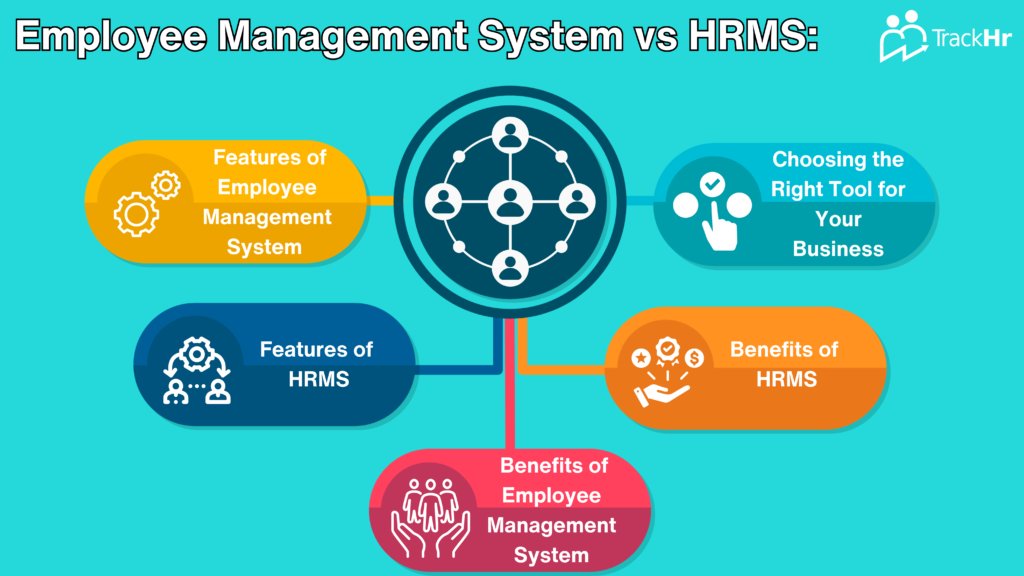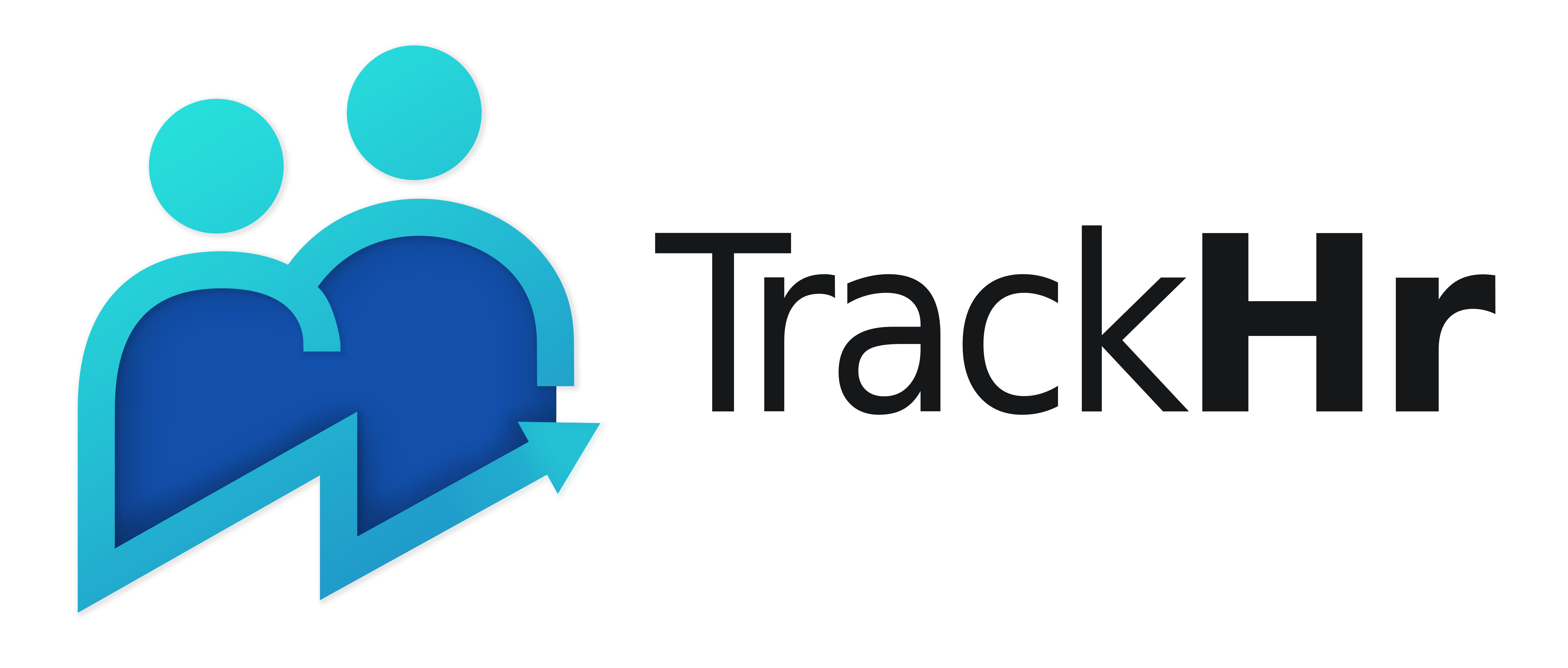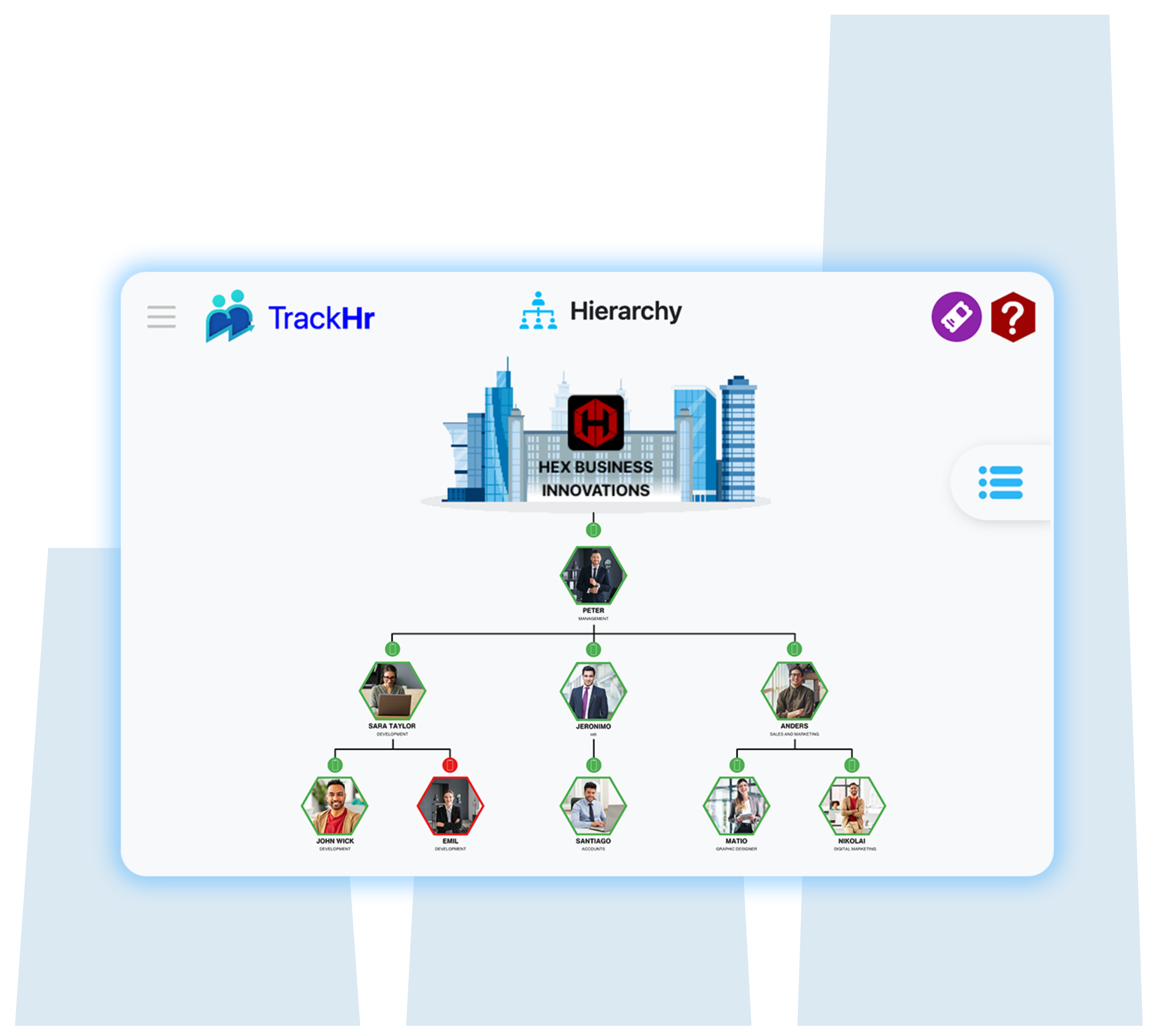Saturday, 14 May 2022
Employee Management System vs HRMS: Choosing the Right Tool for Your Business
Table of contents
• Introduction • Features of Employee Management System • Features of HRMS • Benefits of Employee Management System • Benefits of HRMS • Choosing the Right Tool for Your Business • Conclusion
Introduction
Let’s talk about Employee Management System (EMS) and Human Resource Management System (HRMS). Many businesses face the challenge of managing employee data and processes efficiently. This is where EMS and HRMS come to the rescue. EMS is a software that is designed to automate administrative tasks related to employee management, such as attendance and leave management, payroll management, and recruitment management. On the other hand, HRMS is an all-in-one software that covers everything from personnel management to performance management to training and development management. Choosing the right tool for your business depends on several factors, including your business needs, budget, and the features and benefits offered by each option. It’s important to explore the user interface and ease of use before making a decision. After all, you want to ensure that your team can easily navigate and utilize the tool you choose. So, whether you opt for an EMS or HRMS, remember that adopting the right tool can be a game-changer for your business. With that said, it’s time to weigh the pros and cons of each option and make an informed decision.

Features of Employee Management System
Employee Management System software is a vital tool for any organization that aims to streamline its HR processes and effectively manage employees. A good Employee Management System should encompass all employee data and HR activities into one platform, including Attendance and Leave Management, Payroll Management, and Recruitment Management. The Attendance and Leave Management module helps keep track of employee attendance, leave applications, and approval processes. It ensures that employees adhere to company attendance policy and helps in planning employee leave schedules to maintain business continuity. Payroll Management is another crucial feature of Employee Management System software. This module automates the payroll calculation process using predefined formulas. It ensures timely and accurate salary disbursement while allowing employees to view their salary slips and deductions online. With Recruitment Management, the software facilitates recruitment processes, from job posting, candidate screening, interview scheduling, and onboarding processes. It helps HR managers to make quick, data-driven recruitment decisions that benefit the organization. In conclusion, Employee Management System software improves efficiency by automating HR activities and ensuring a consistent approach to HR processes. These software solutions increase transparency, reduce costs, and enhance the overall productivity of an organization.
Features of HRMS
HRMS or Human Resource Management System is an advanced software that handles various human resource activities like personnel management, performance management, and training and development management. Personnel Management deals with managing employee information and data like personal details, employment history, and job description. It also includes maintaining attendance records, leave, and time-off tracking. Performance Management works on establishing and improving employee performance by setting specific goals, tracking progress, and providing regular feedback. This component helps managers understand and improve employee performance over time. Training and Development Management is responsible for the training, development, and education of employees. It includes assessing employee skills, identifying training needs, designing training programs, and tracking progress. With HRMS, businesses get the benefit of a centralized database that provides better visibility and insights into employee data. It enables data-driven decision-making by offering real-time updates and insights into employee performance, training needs, and more. Use HRMS if you want to improve your employee management practices, enhance performance, and develop your employees. However, make sure to evaluate the features and benefits of the different tools available before making a decision.
Benefits of Employee Management System
Employee Management System (EMS) is a game-changer for any organization. It’s a reliable tool for businesses of any size as it allows you to manage the employee data easily and efficiently. First things first, EMS saves time, and time is money. With its automated attendance and leave management, it eliminates the process of tracking absentees and leave requests manually, allowing you to focus on other core tasks. This way, your employees can concentrate on their work without worrying about leave approvals or attendance management. Moreover, the feature of easy tracking of employee data is a big relief. No more going through multiple spreadsheets to update one employee’s information. With just a few clicks, you can fetch relevant data, making the process less cumbersome. Furthermore, EMS is cost-effective. It reduces the operational costs associated with manual HR management while offering a safe and secure platform for employee data management. In conclusion, implementing EMS in your organization helps save time, money, and effort. It’s easy to use, efficient, and provides an automated approach to handle HR tasks. With it, you can focus on growing your business while it manages the employee data for you.
Benefits of HRMS
Undeniably, managing employee-related data in an organization is a cumbersome task. With HRMS, everything is streamlined, and a centralized database makes it easier to manage personnel information. Besides being highly convenient for employees, companies have found HRMS to be of utmost help. With better visibility and insights, taking data-driven decisions has become more possible than ever before. With HRMS, organizations can manage employee data more efficiently, and everything is just a click away. It has enabled managers and employers to keep track of employee performance much better than ever. Also, since HRMS makes data management much easier, it eliminates the need to handle large amounts of paperwork. Consequently, this not only saves time but also reduces the chances of human error. In conclusion, HRMS is more than just an employee management tool. It is the perfect solution for businesses of all sizes that don’t want to fall behind their competitors. With HRMS, employee data can be stored securely and managed from anywhere. Its key features like Centralized database and streamlined processes, Better visibility and insights, and the ability to drive data-driven decision-making are indeed game-changers for businesses.
Choosing the Right Tool for Your Business
Choosing the Right Tool for Your Business: Now that you know about the features and benefits of both Employee Management System and HRMS, it’s time to choose the right tool for your business. It can be confusing, but no worries. Here are the key points to consider before making the right choice. First, consider your business needs and budget. Ask yourself what are the most pressing issues that you want to solve with these tools. Do you want to streamline your processes, reduce errors, save time or all of the above? Based on that, evaluate the solutions that fit your budget. It’s important to remember that cheaper doesn’t always mean better. Second, evaluate the features and benefits. Assess which features align with your business needs and can solve the issues you’ve identified in step one. It’s not necessary to go for the solution with the most features. After all, you don’t want to pay for features that you may not need. Lastly, explore the user interface and ease of use. No matter how many features a tool has, if it’s challenging to use, it’s not worth it. The interface should be user-friendly, self-explanatory and easy to navigate. You don’t want to spend more time learning how to use the tool than actually using it. Choosing the right tool can impact your business’s success, so ensure you carefully assess your options based on your business needs and budget, evaluate the features and benefits and explore the user interface and ease of use. Remember, you’re not just choosing a tool, you’re investing in your business’s growth.
Conclusion
Final Thoughts: Choosing the right tool for managing your employees is crucial for your business. Don’t make your decision solely based on costs. While an Employee Management System can save you time and money, HRMS offers a centralized database and streamlined processes that enable data-driven decision-making. Consider your business needs, evaluate the features, and explore the user interface before making an informed decision. Remember, the right tool can impact your productivity and business success. So, choose wisely!



